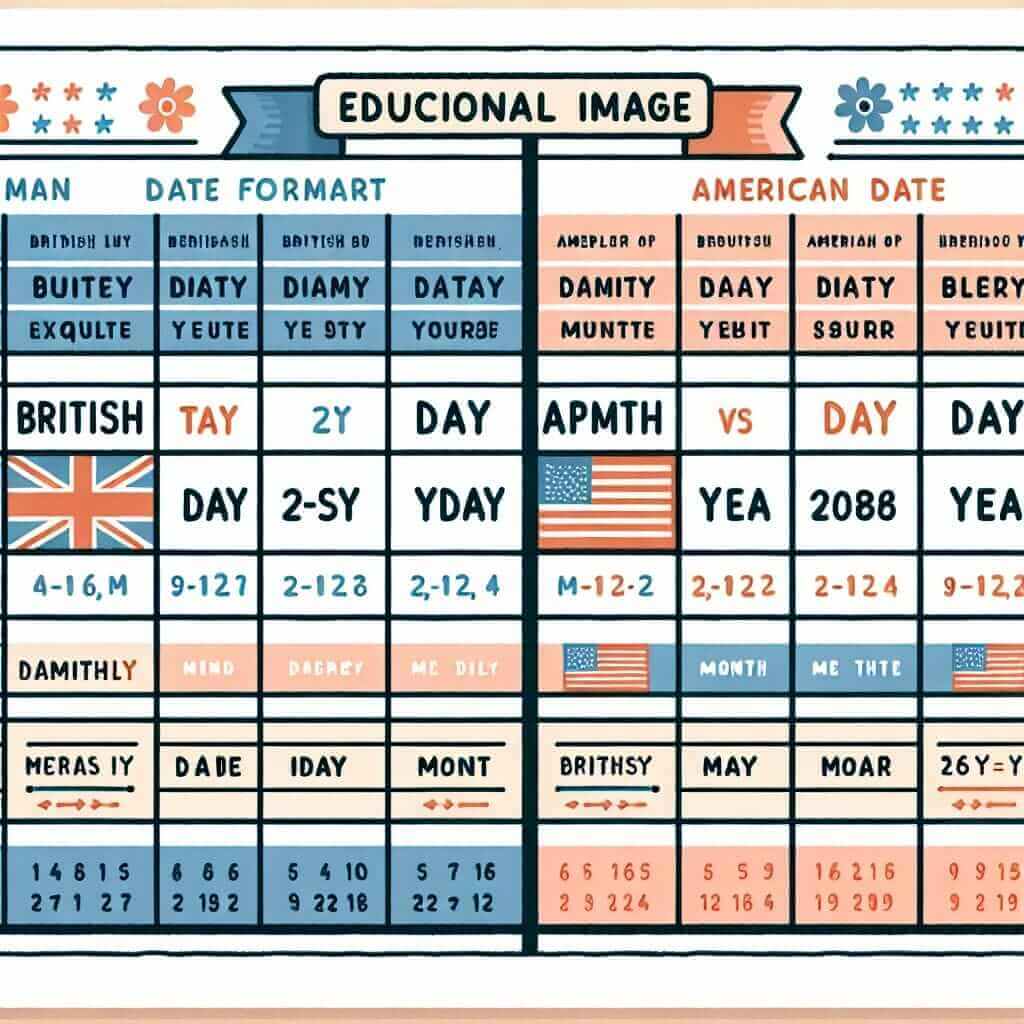As an IELTS instructor with over 20 years of experience, I understand the importance of accuracy in your writing, and that includes something as seemingly simple as writing dates. While it might seem trivial, using the correct date format is crucial for demonstrating strong grammatical competence in your IELTS writing exam.
The Significance of Date Formats in IELTS
Remember, the IELTS writing test assesses your ability to produce clear, well-structured, and grammatically accurate written English. Incorrect date formats can lead to confusion and may even detract from your overall score. By using the appropriate format, you showcase your attention to detail and your ability to communicate effectively in written English.
Accepted Date Formats for IELTS
There are two widely accepted formats for writing dates in IELTS:
1. The British Format (Day-Month-Year)
This format is common in the UK and many other Commonwealth countries.
Example:
- 20th October 2023
- 20 October 2023
Note: This format can also be written with the “th” superscripted (20th).
2. The American Format (Month-Day-Year)
This format is predominantly used in the United States.
Example:
- October 20, 2023
- October 20th, 2023

Choosing the Right Format
While both formats are generally acceptable in IELTS, consistency is key. Choose one format and stick with it throughout your writing task. It’s generally recommended to use the British format as IELTS is a British-based exam. However, using the American format will not necessarily result in a lower score as long as you are consistent.
Tips for Writing Dates in IELTS
- Avoid using abbreviations for months in formal writing: Write “October” instead of “Oct.”
- Be consistent with your punctuation: Use either commas or the superscript (“th,” “nd,” “rd”) but don’t mix them.
- Write the year in full: Avoid using shortened versions like “‘23”.
Examples from IELTS Writing Tasks
Let’s say you need to write about a significant event in your life that occurred on June 15th, 2010. Here’s how you could incorporate it into your writing using both formats:
British Format: “A pivotal moment in my life occurred on 15th June 2010.”
American Format: “This life-changing experience took place on June 15th, 2010.”
Conclusion
While seemingly minor, understanding and applying the correct date format in your IELTS writing demonstrates your grasp of proper English conventions and contributes to a higher level of clarity and precision in your writing. Remember, consistency and accuracy are key! Good luck with your IELTS preparation!